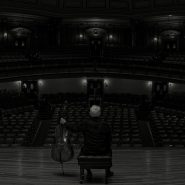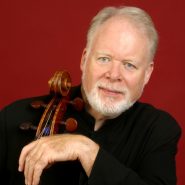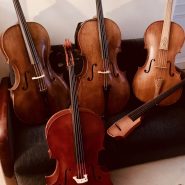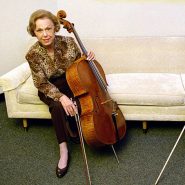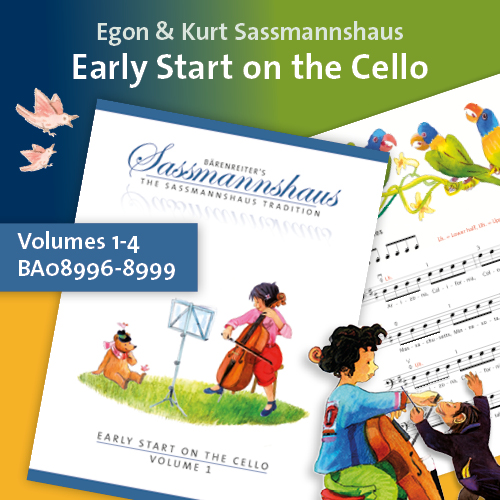By Ruth Phillips June 18, 2020
Subjects Playing Healthy
Tags breath, breathing free, Growth, inspiration, meditation, power, Practice, stage presence, wellness, yoga
By Tim Janof June 15, 2020
By Paul Katz June 3, 2020
Subjects Artistic Vision, Ethics
Tags black lives matter, george floyd, protest, protests, vote, voting
By John Michel May 13, 2020
Subjects Artistic Vision
By Blogmaster April 29, 2020
By Shirli Nikolsburg April 15, 2020
Subjects Playing Healthy
Tags breath, breathing, meditation, Practice
By Brinton Smith March 24, 2020
Subjects Historical, Repertoire
Tags korngold, Piatagorsky, Rosza
By Anssi Karttunen March 23, 2020
Subjects Artistic Vision, Repertoire
Tags Concerto, inspiration, Instead, repertoire, Solo Suite, Sonata
By Brinton Smith March 15, 2020
By Tim Janof March 1, 2020
Subjects Interviews


